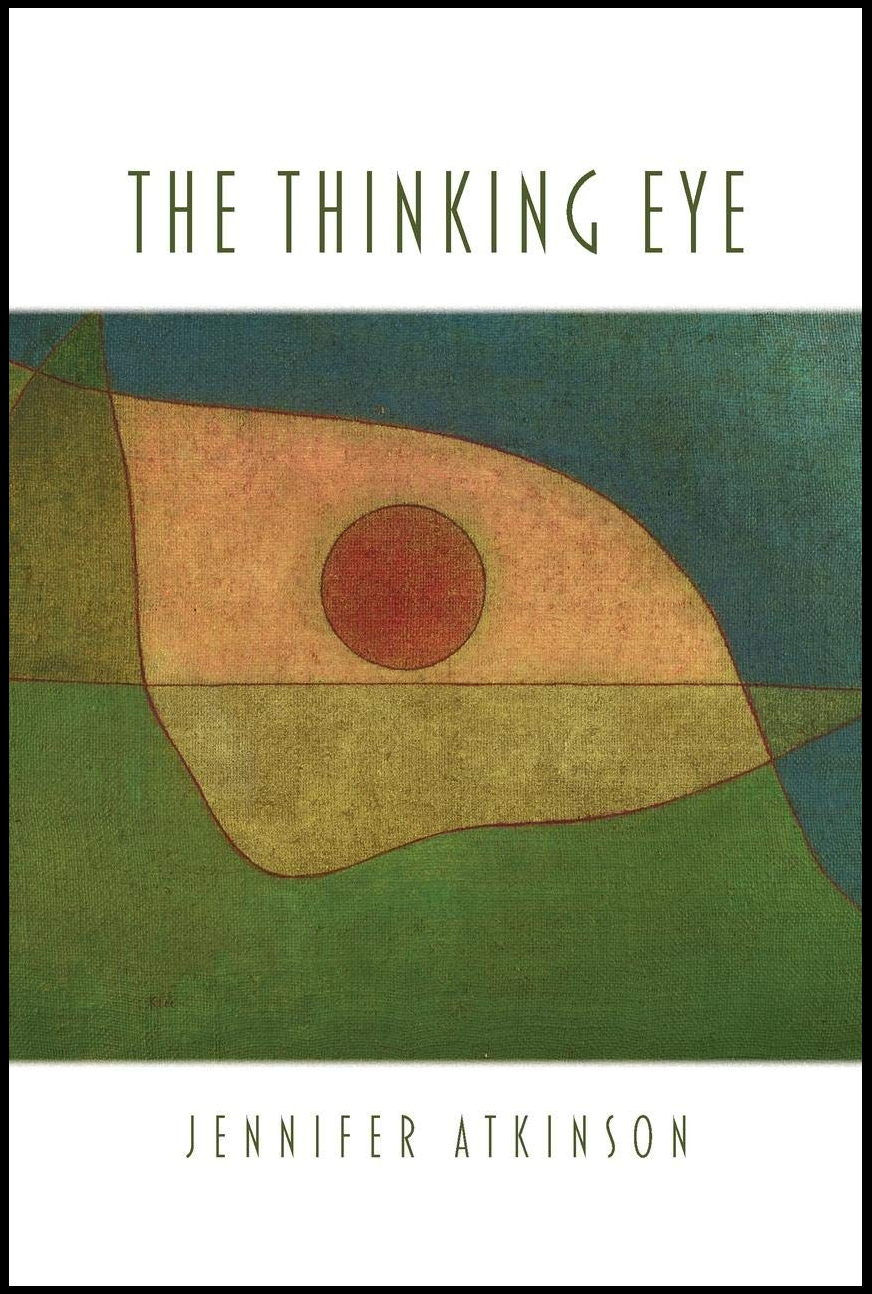“Landscape with Jeffers and the Connecticut River” returns to a meadow I’ve known as long as I can remember. My father grew up across the street, and my maternal grandparents lived just a mile or two up Jail Hill. Luckily, a bit of the meadow has been set aside as parkland, so the field where as a child I flew my kite and pretended to fish is still open meadow. Often, in dreams, I find myself wading through its high grass and goldenrod or walking out into the wide green river. I, all my various I’s, am here.
Is it an ecopoem? The place it invokes isn’t majestic or pristine wilderness. Just beyond its upstream border, there used to be a dump where the town burned its garbage. All day long windrows of trash seethed and stunk. Gulls and crows fought over our leftover meatloaf. This is land that’s been inhabited by humans as long as humans have lived in eastern North America.
Nor is the poem eco in the sense of being environmentalist, or at least not directly. These days we all know, even those who still publicly deny it, that we are living in an ongoing climate catastrophe—right now—and it’s getting worse with each passing day. We know the danger the planet is in, and moreover we know we are the cause of that danger. I don’t think an ecopoem needs to remind us of that. We know it all too well. The water is rising, the storms are intensifying, and those least at fault will suffer first.
But how do we live with our knowledge and the emotional cloud of fear, guilt, anger, grief, and helplessness, a cloud that surrounds us, each of us alone, and all of us together? That cloud has become intrinsic to my ecopoetical work. Burdened with the beauty and loss and malicious awfulness ahead, weighted with the anxiety that hits whenever a winter day dawns without frost on the ground or another “unprecedented” downpour rings in the gutter, how do I live? How do I find language and form for my fear and still share my granddaughter’s joy in spotting blue-winged wasps on the goldenrod or a clawed footprint in the mud?




